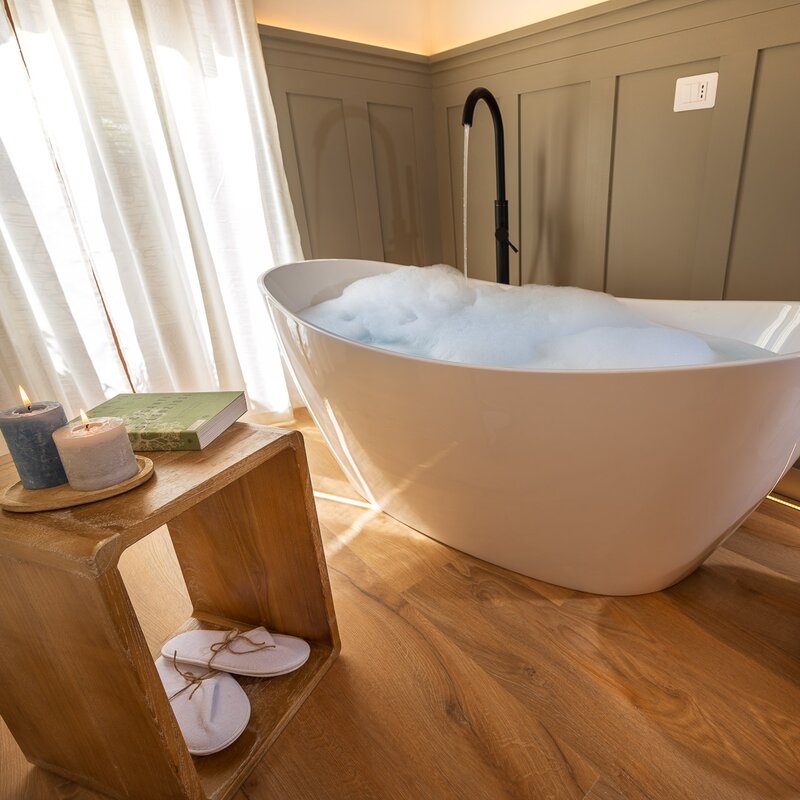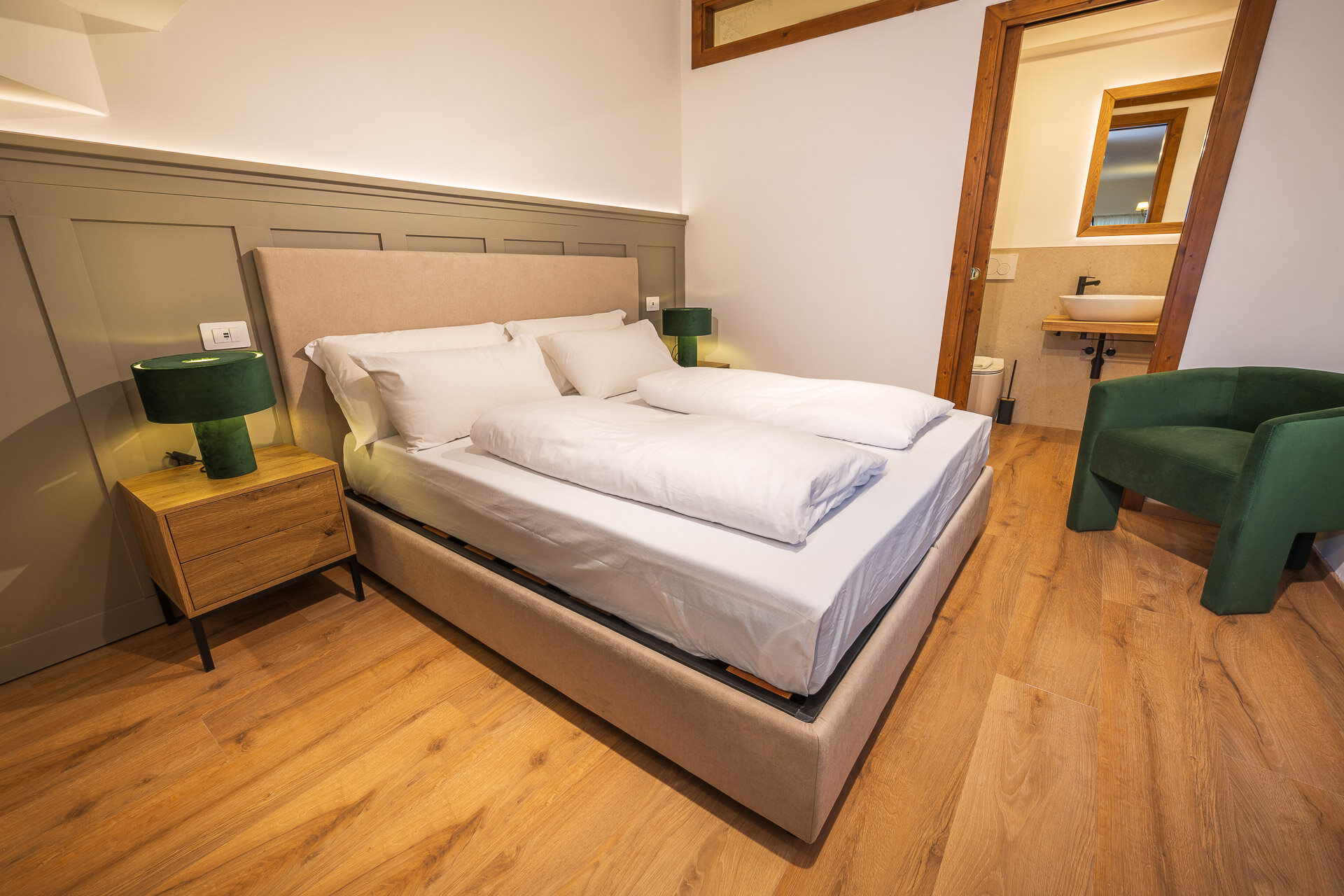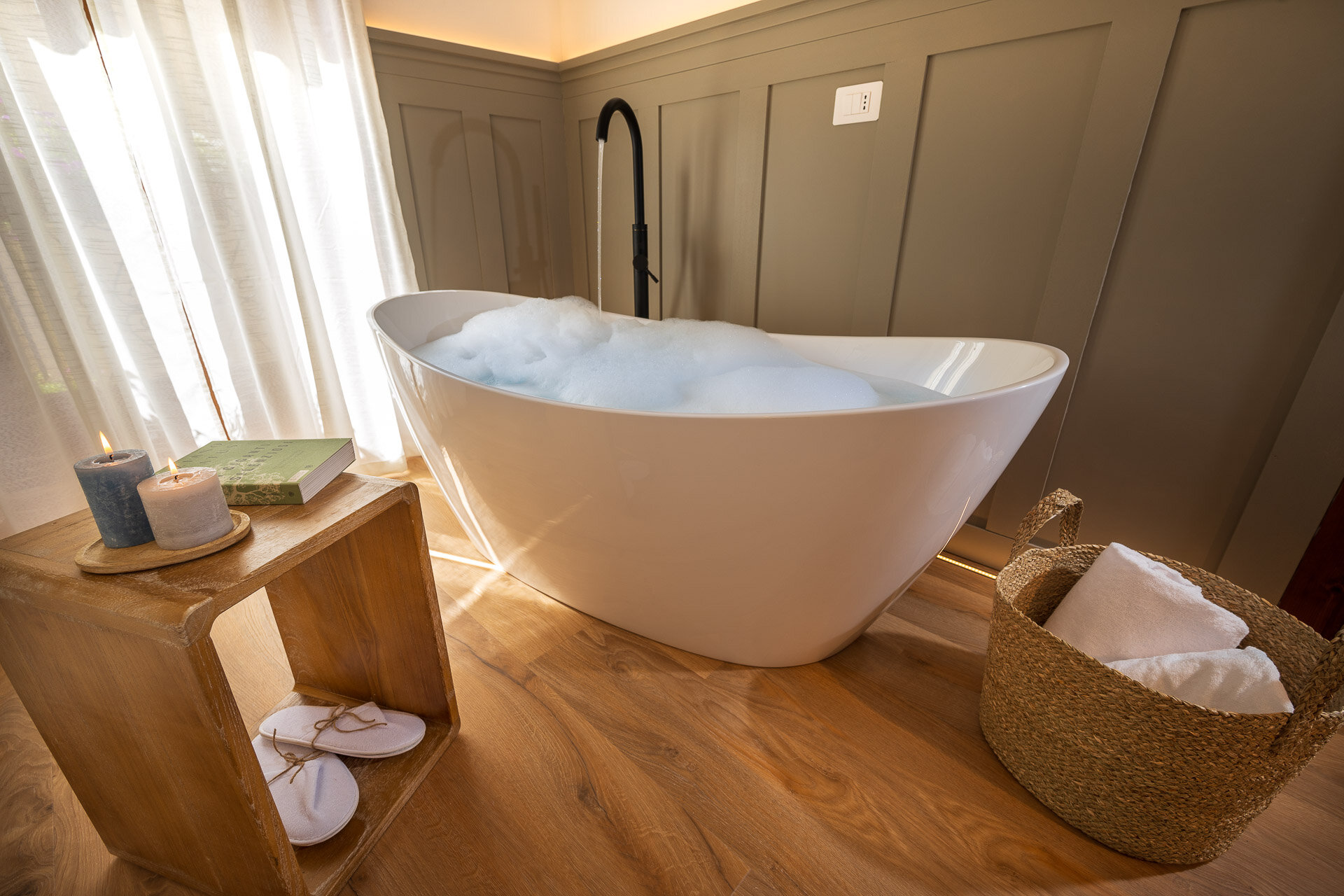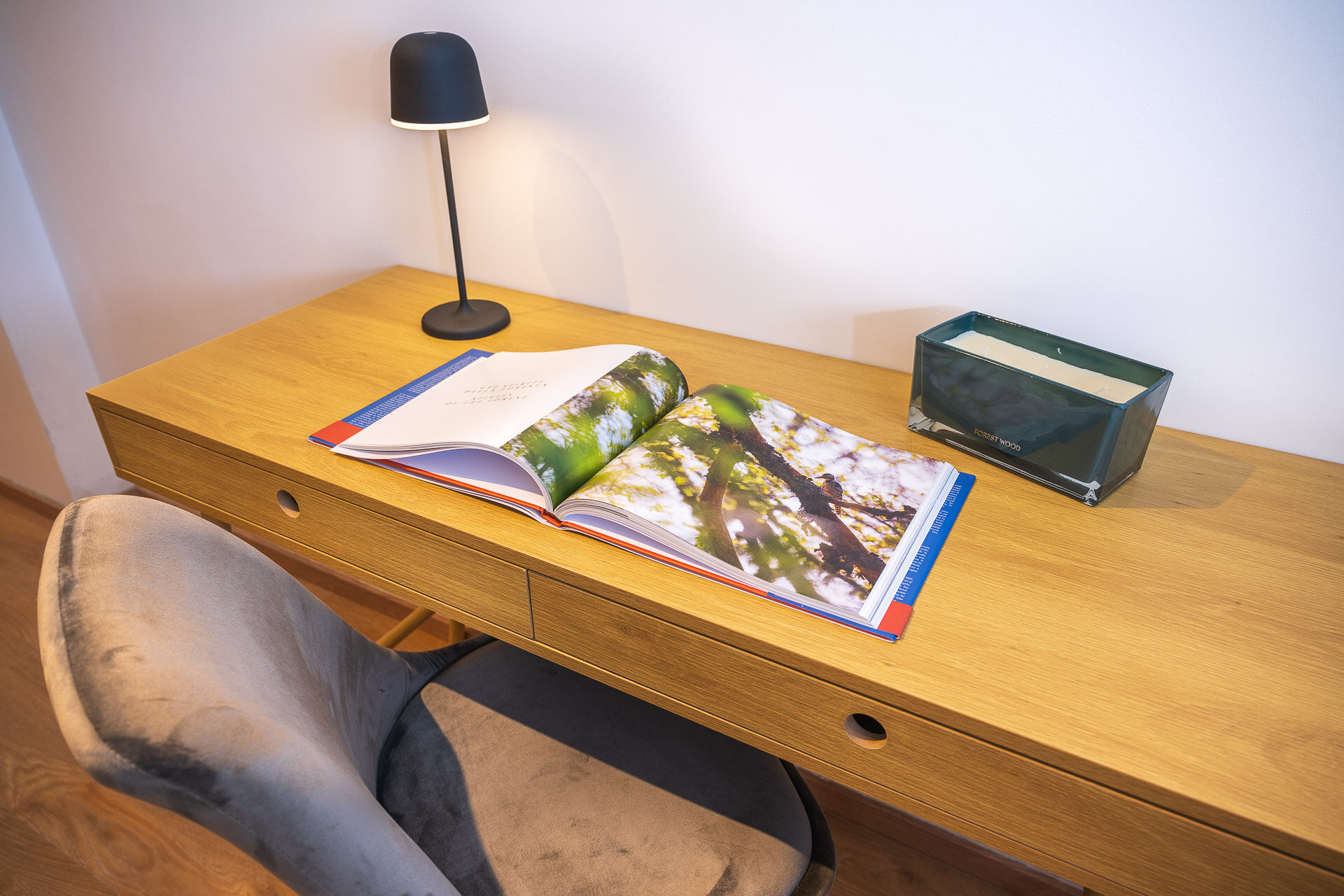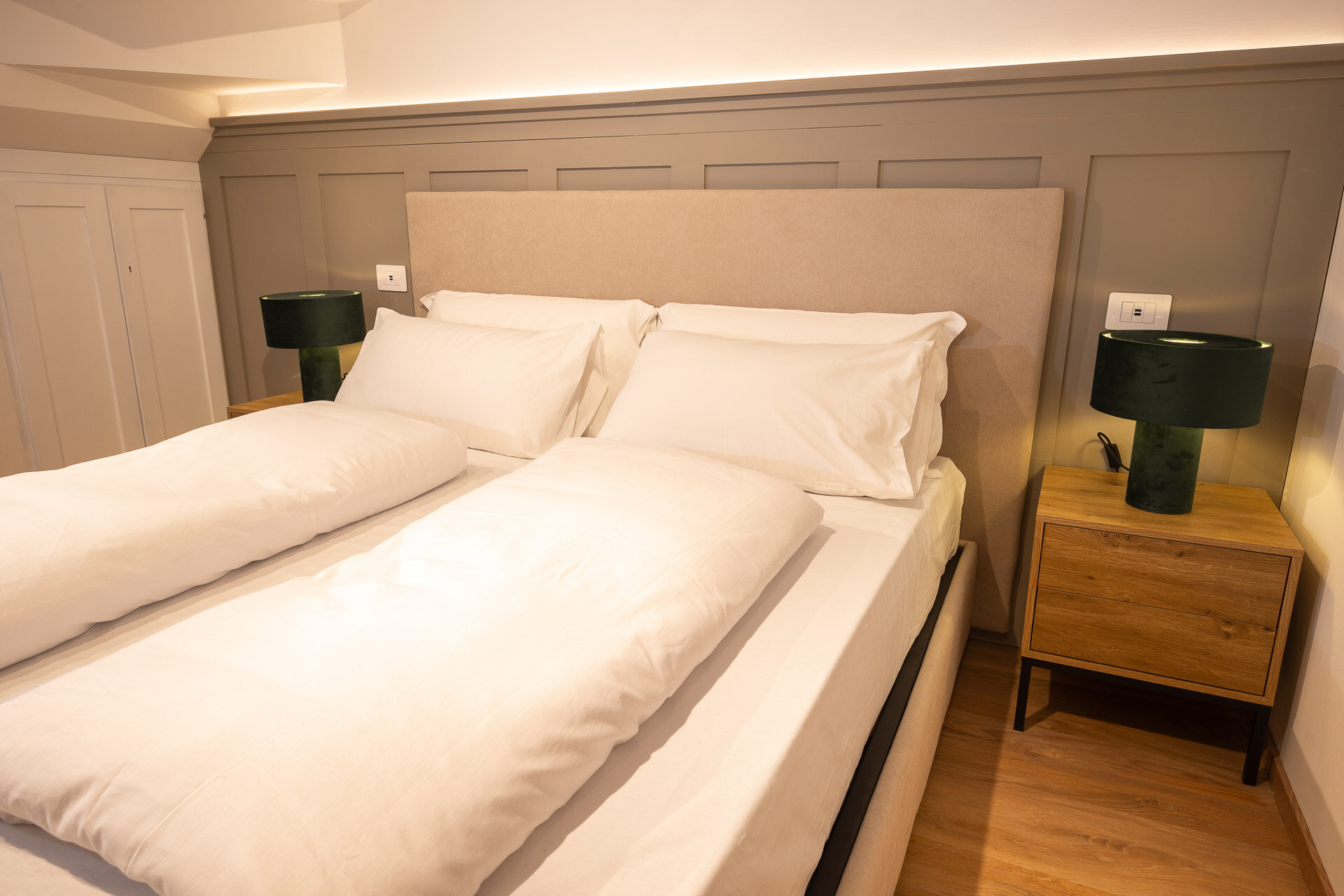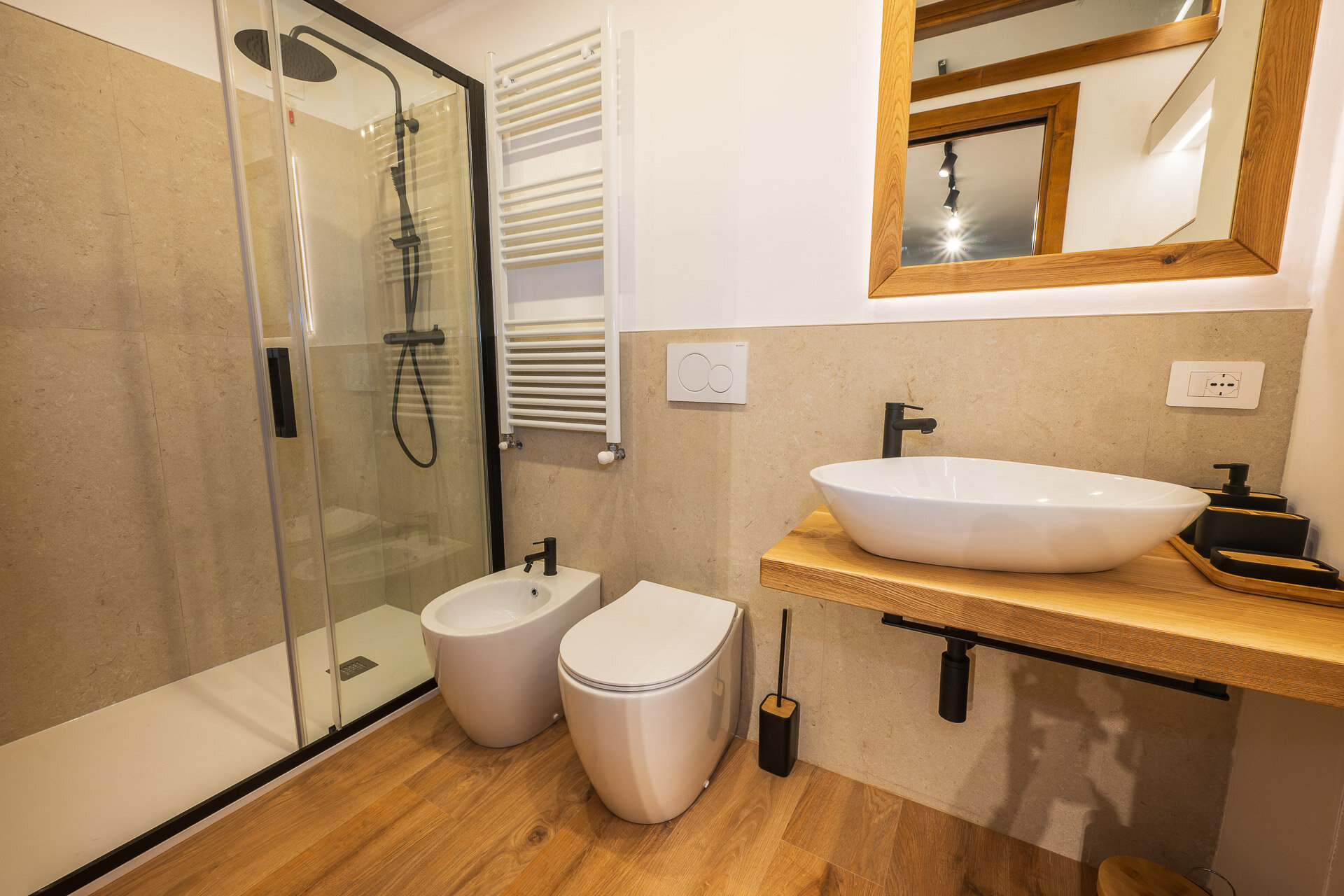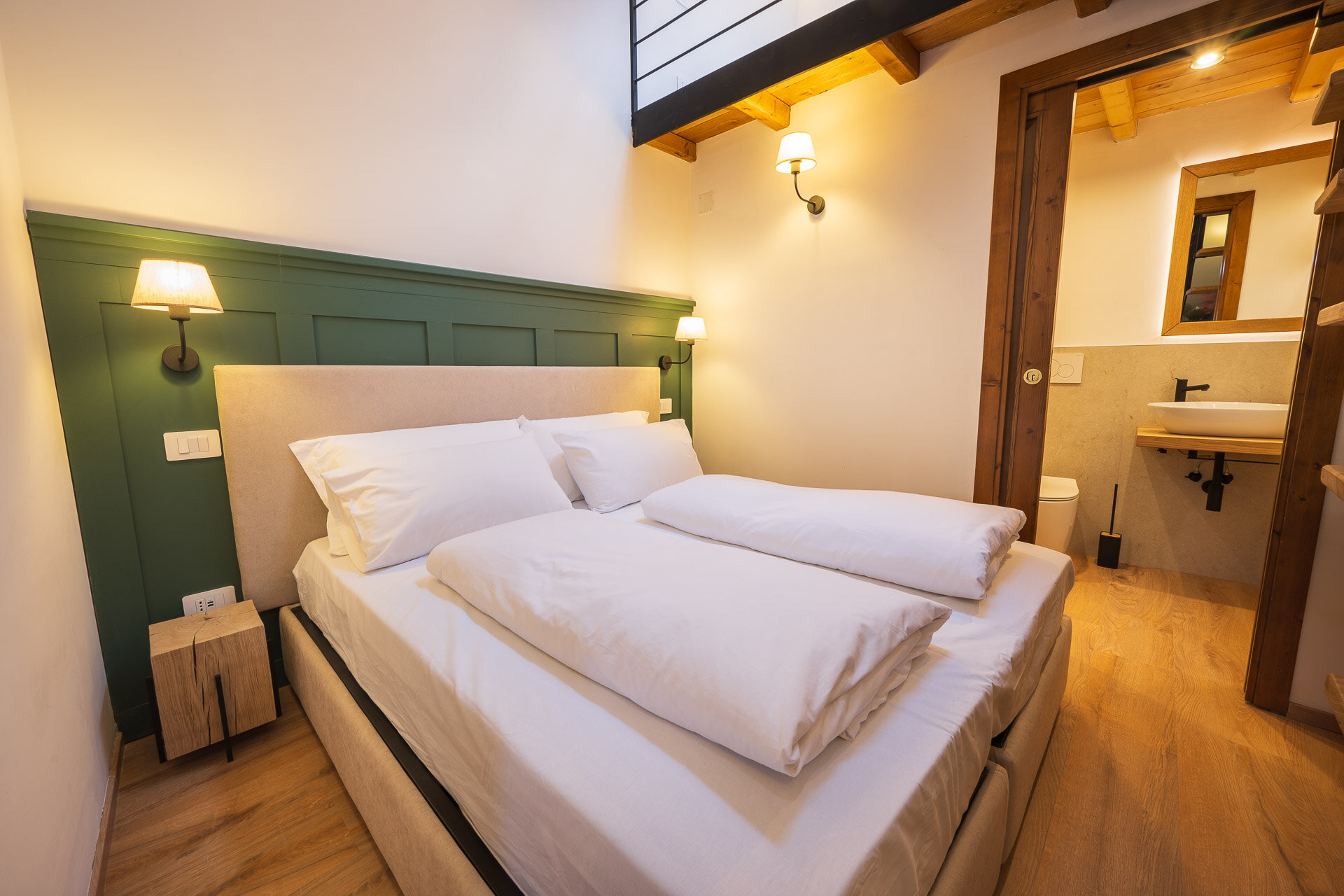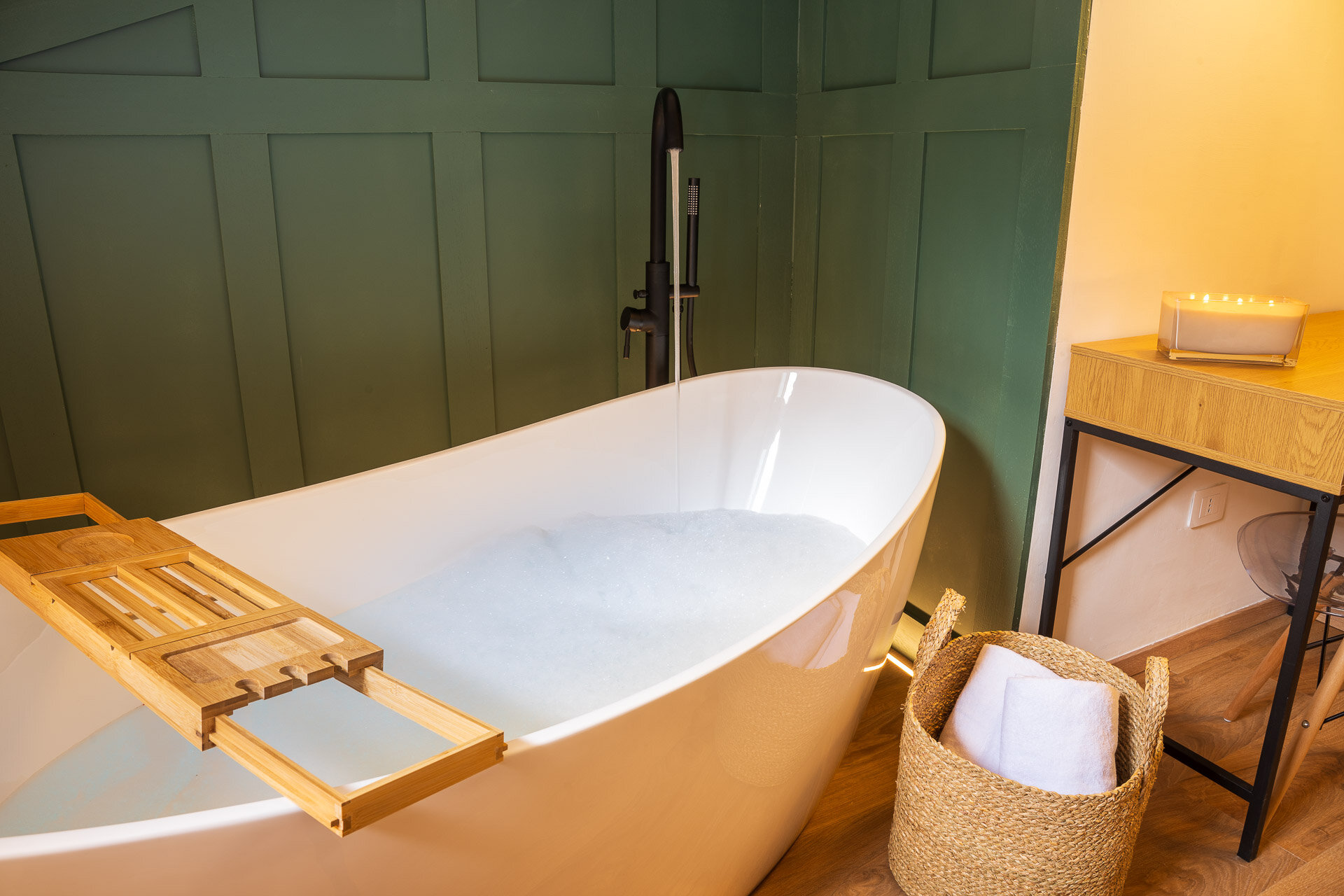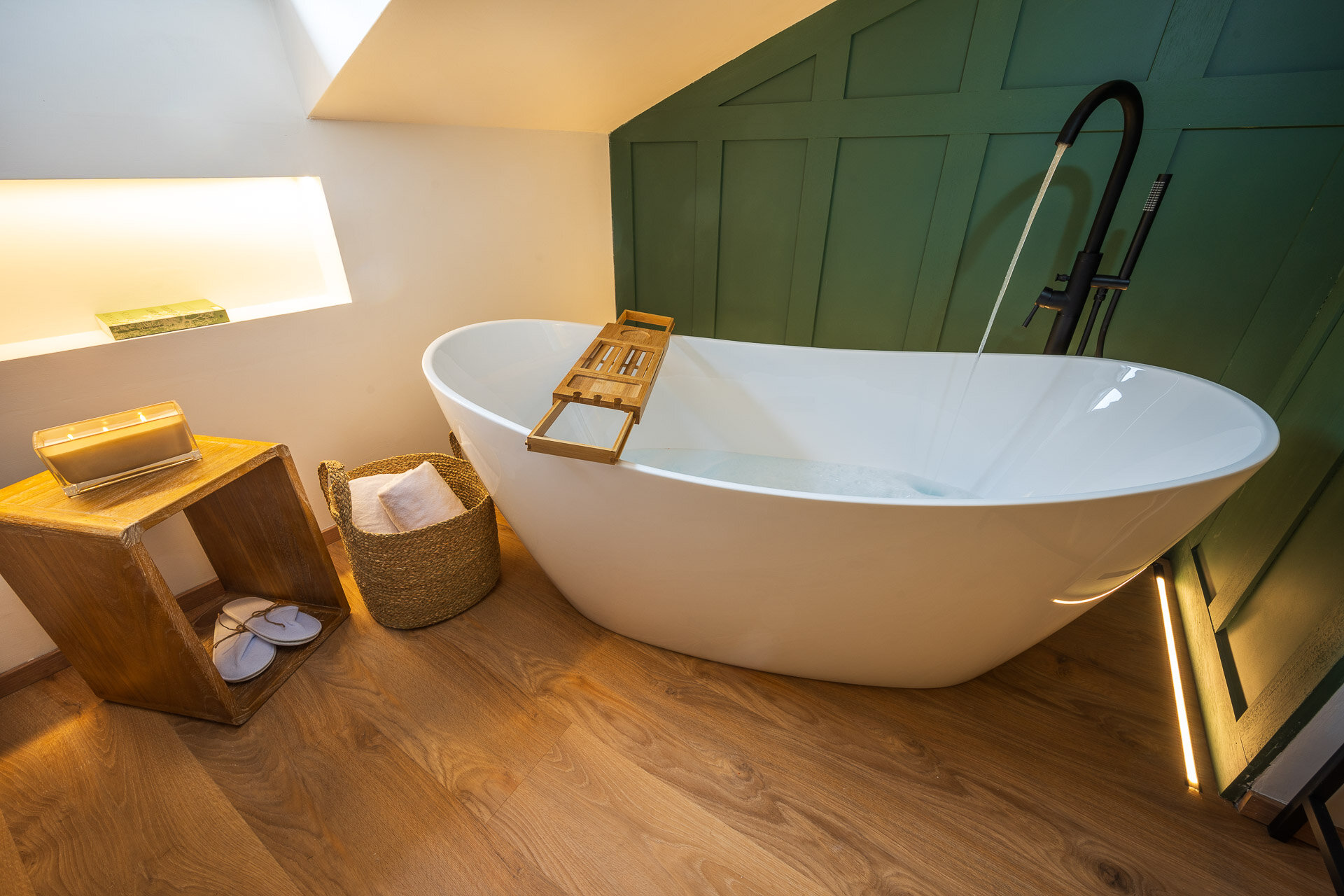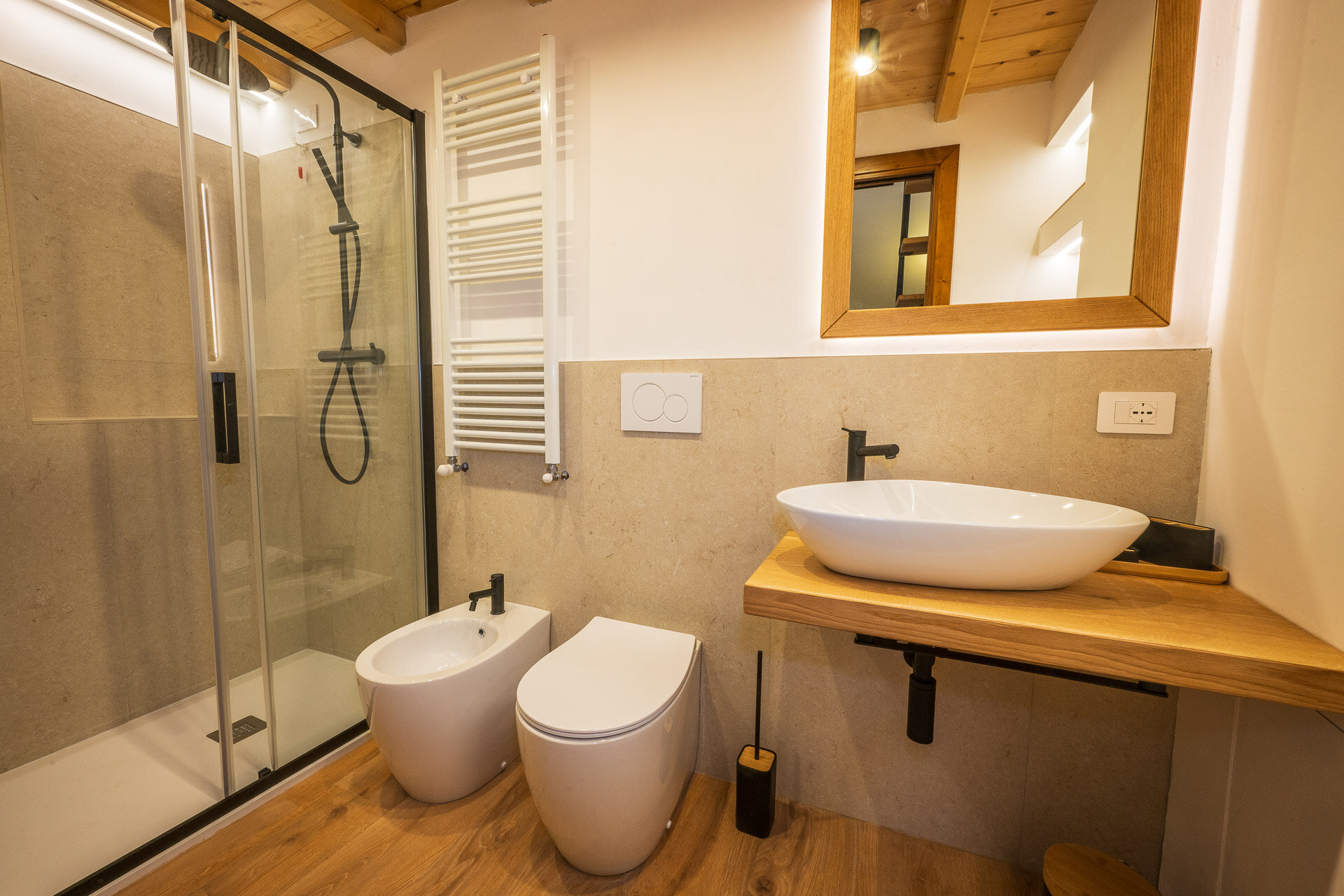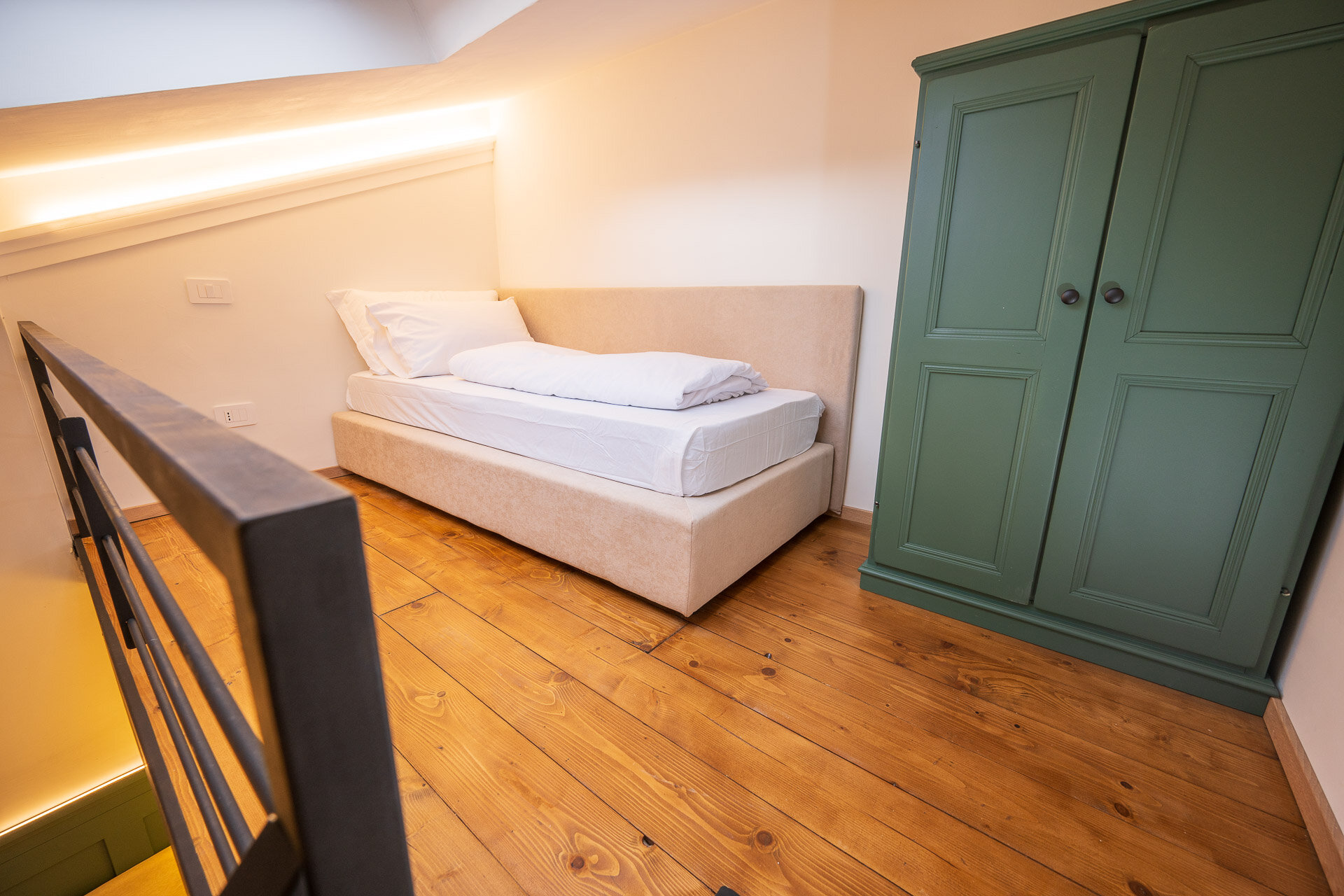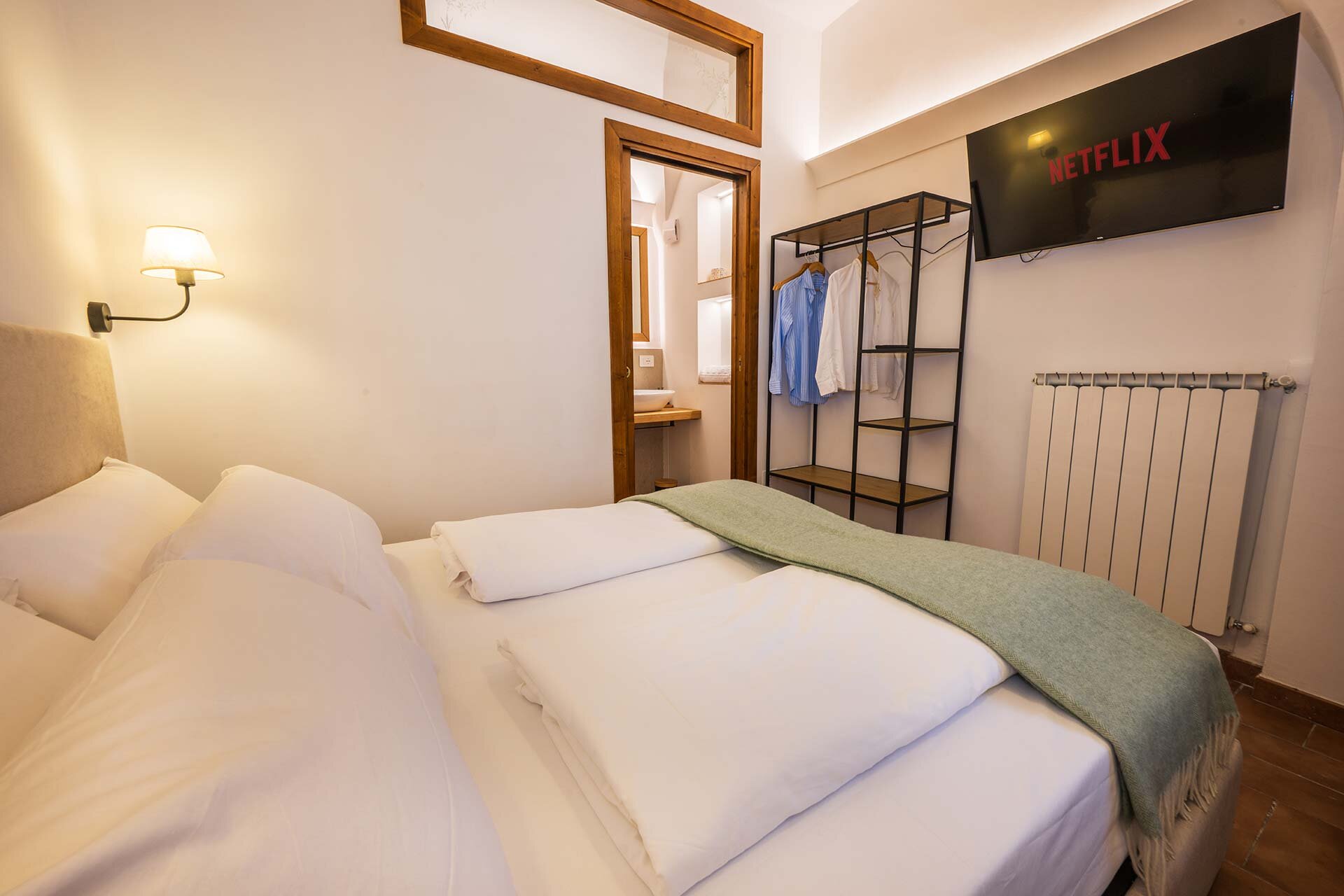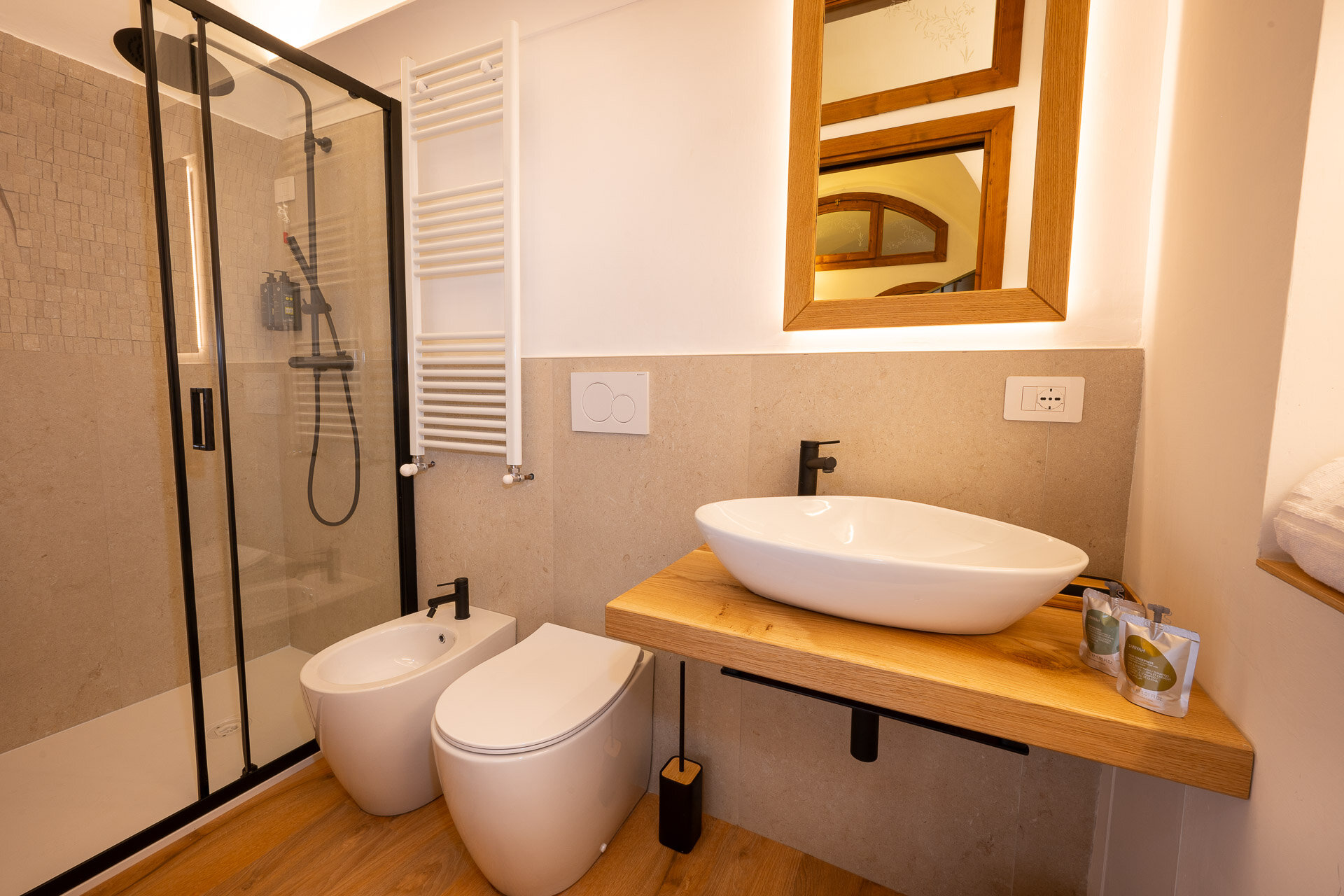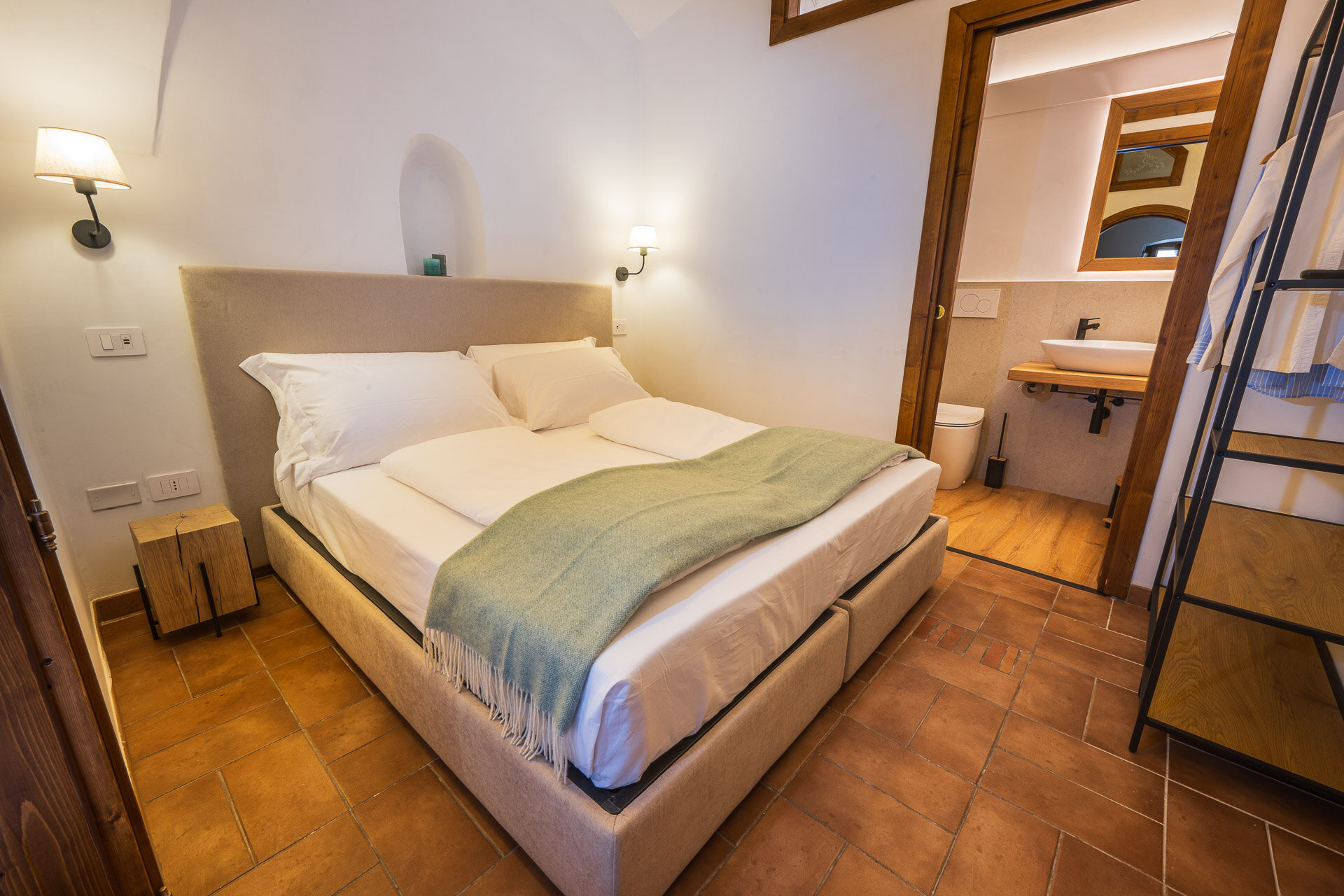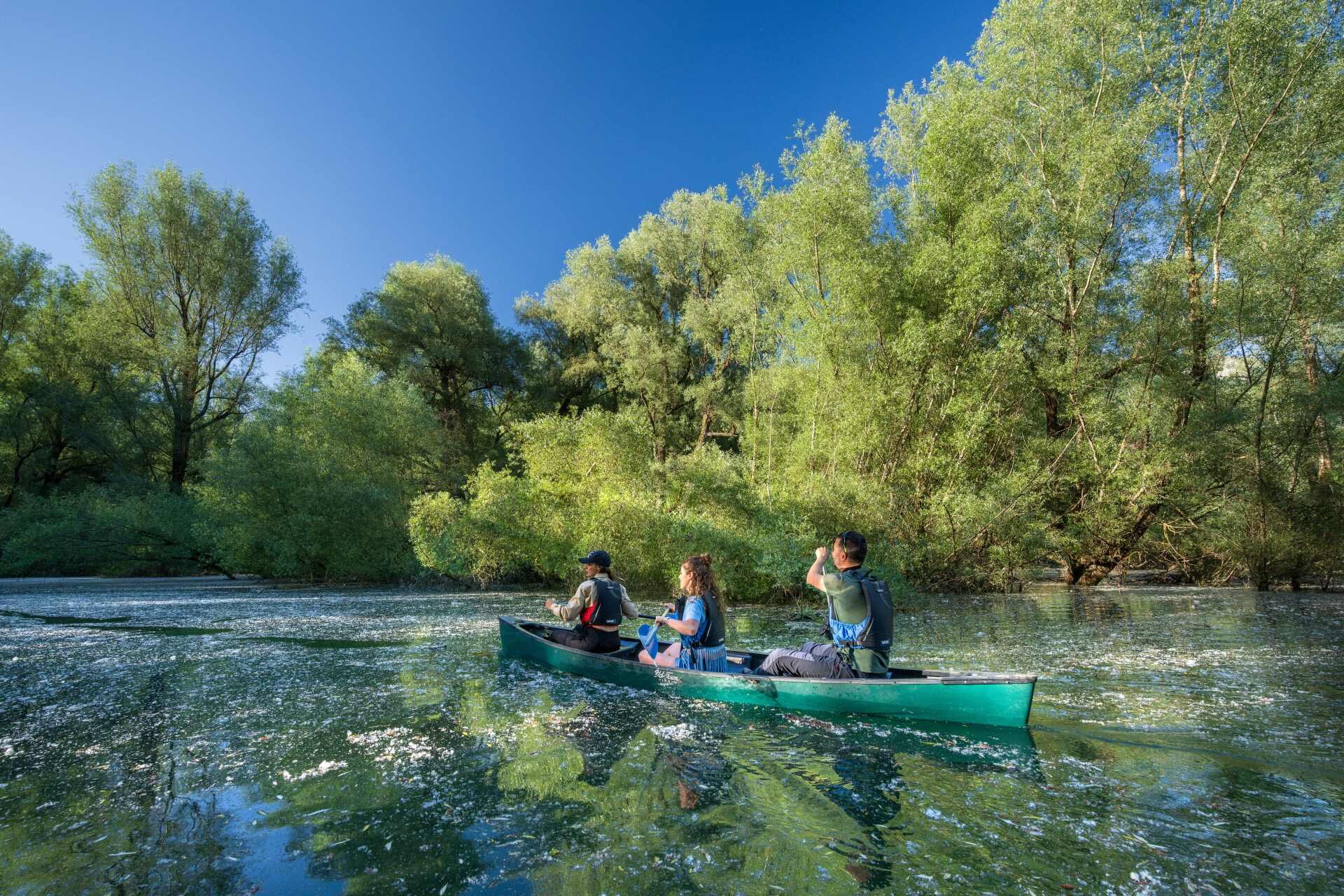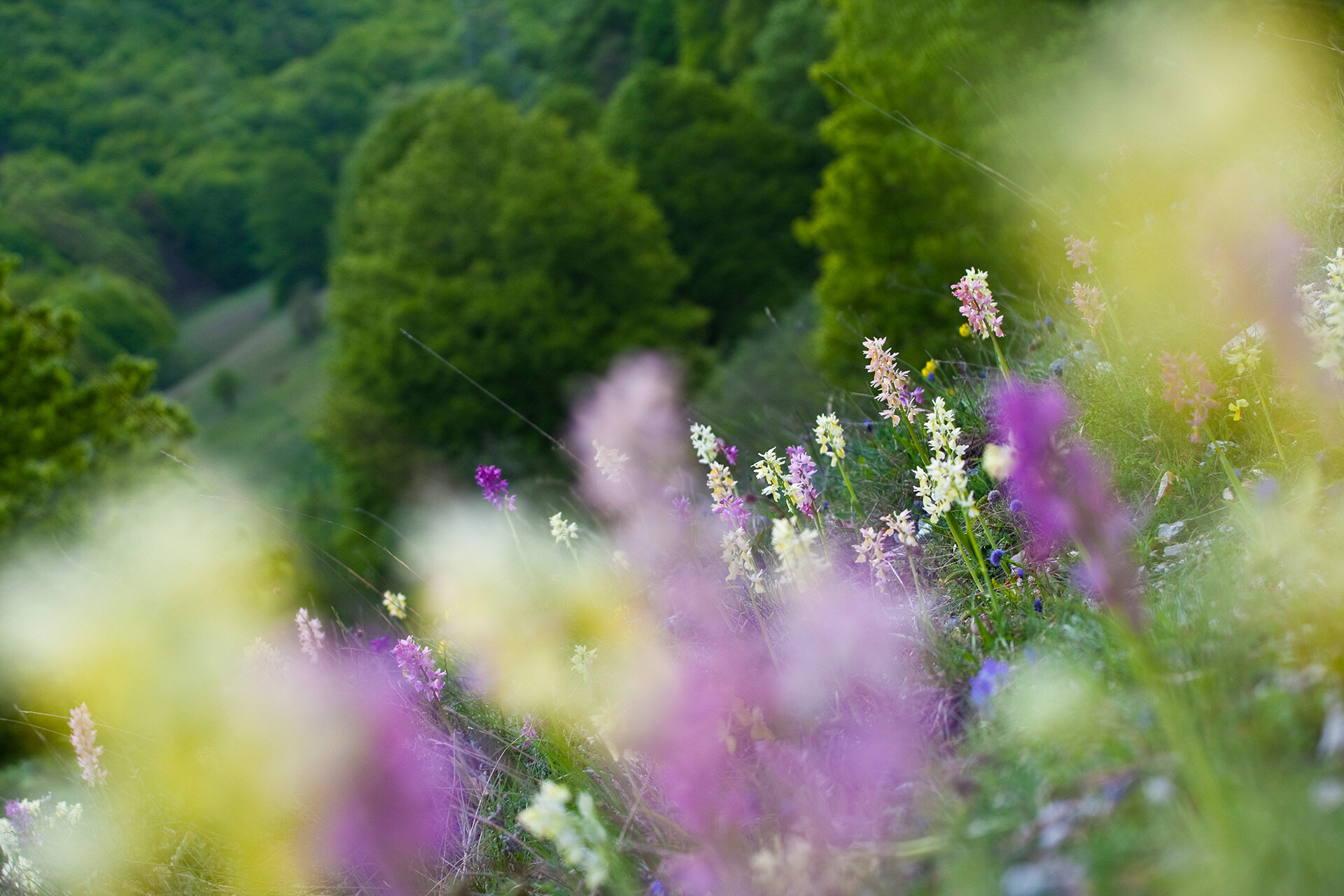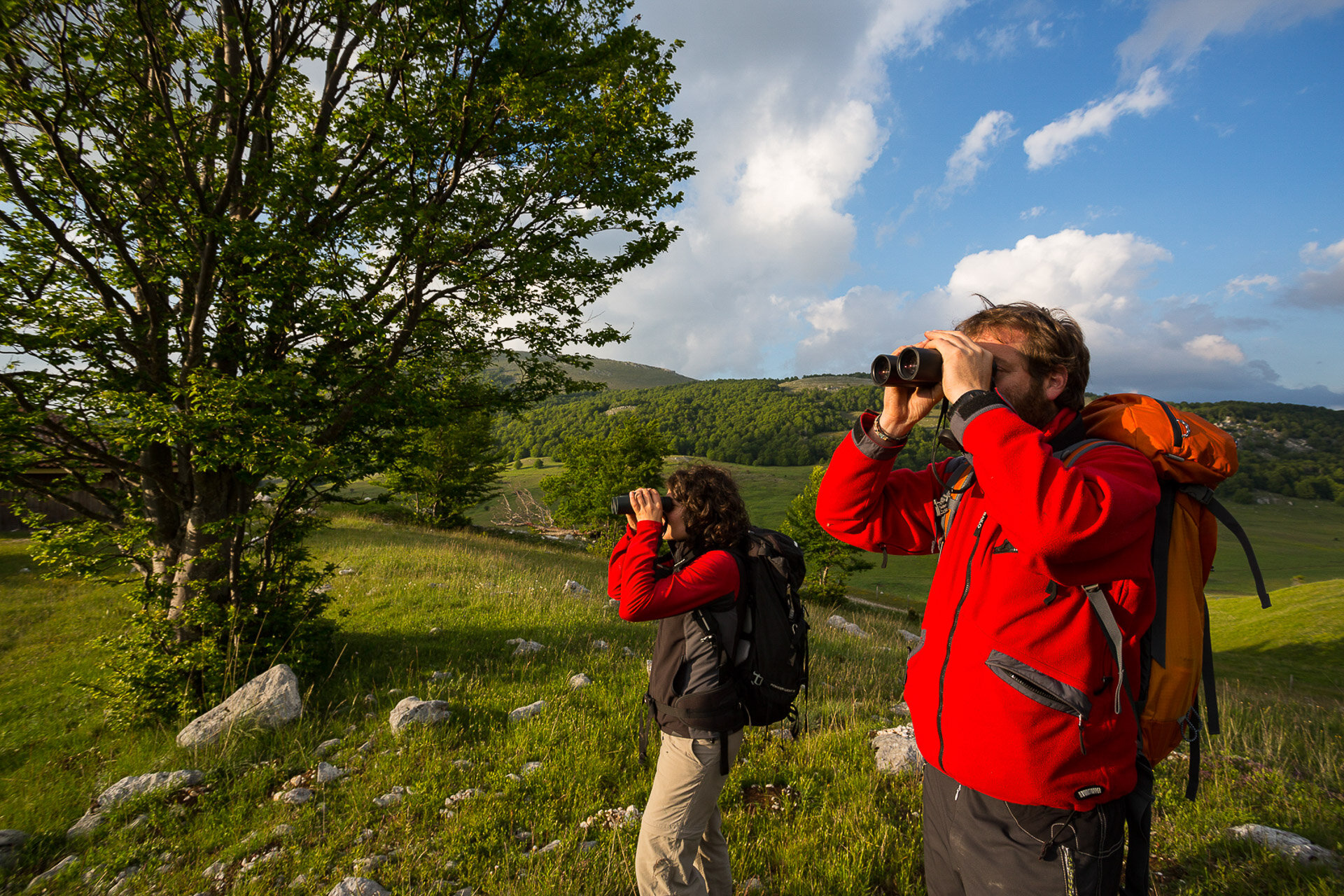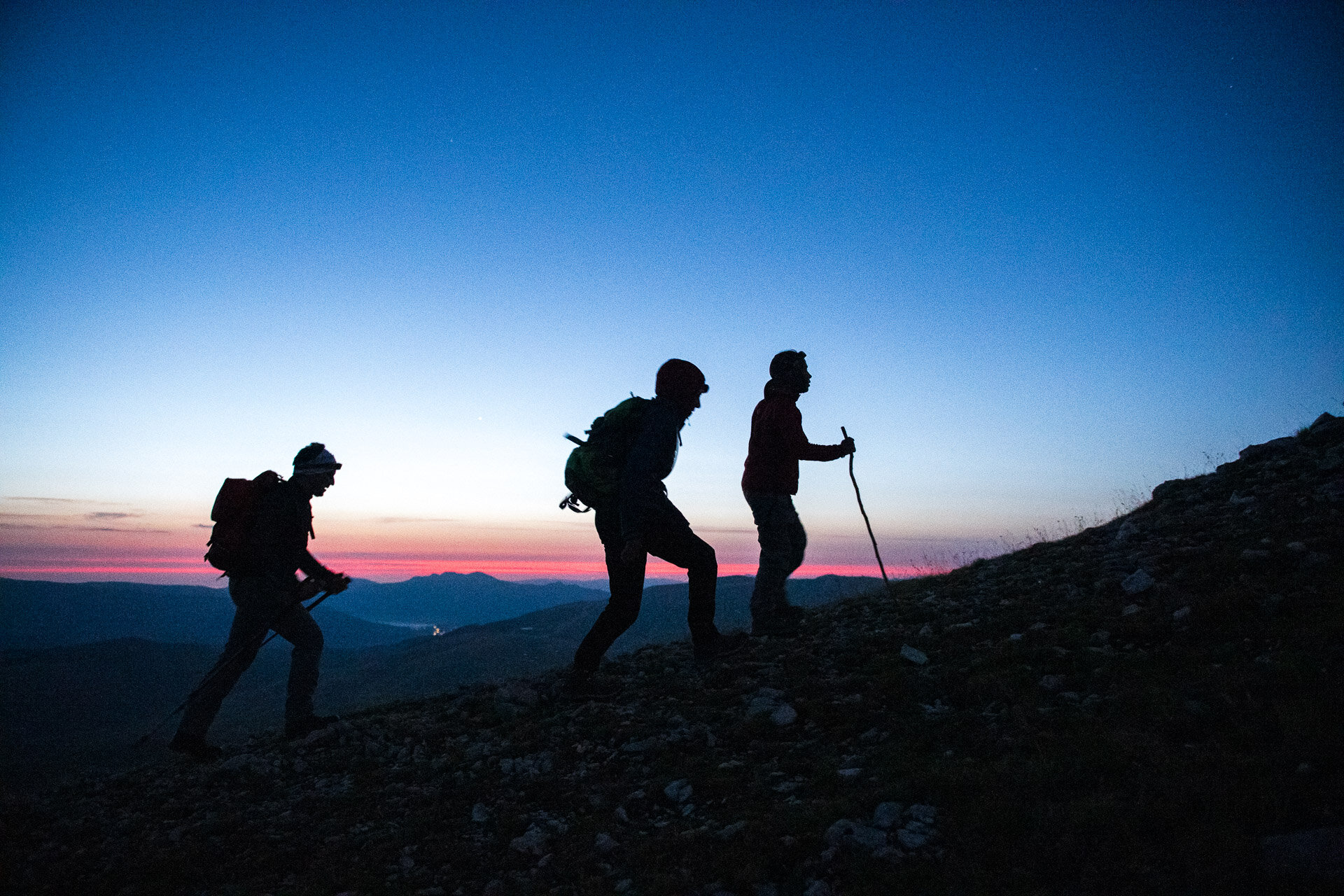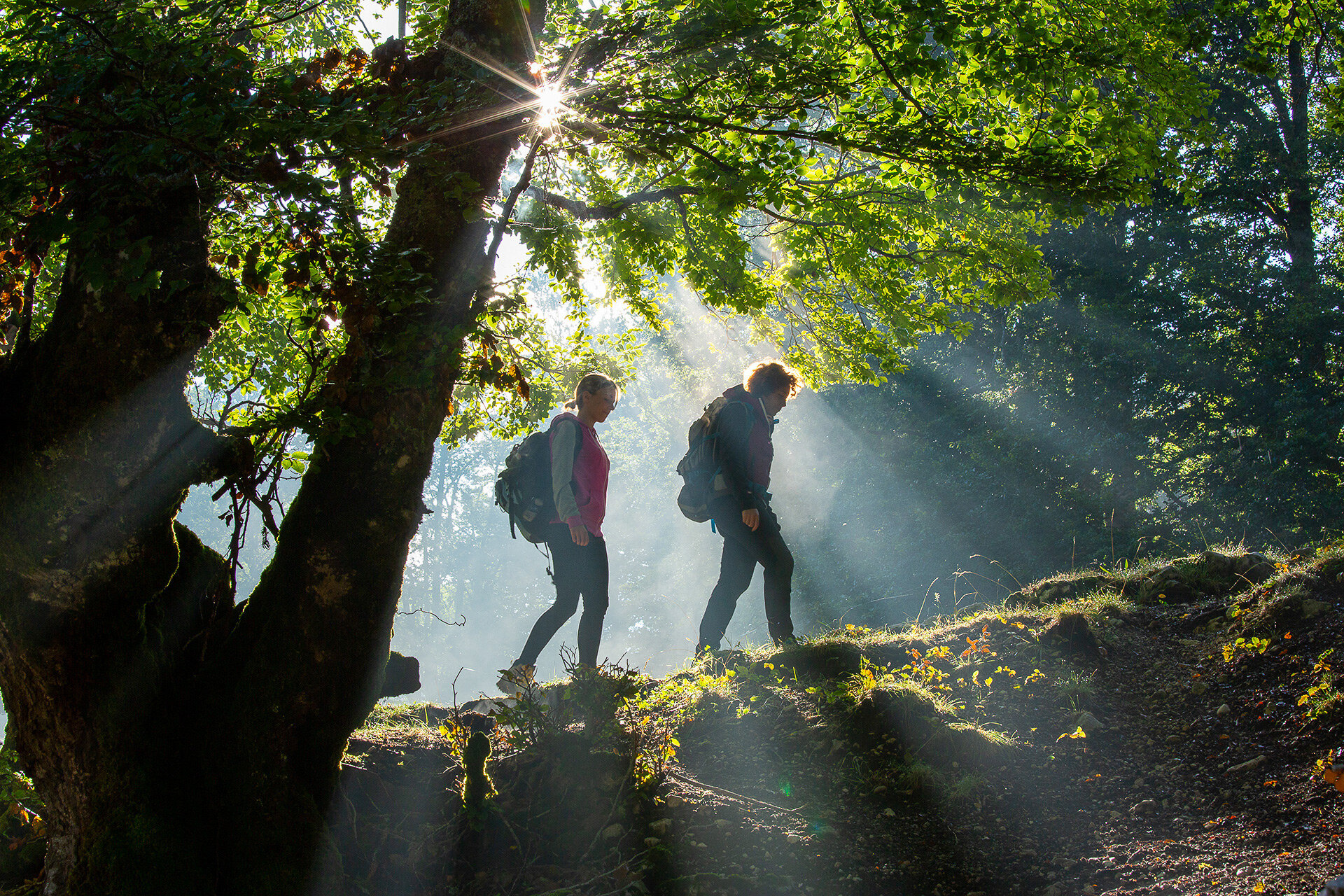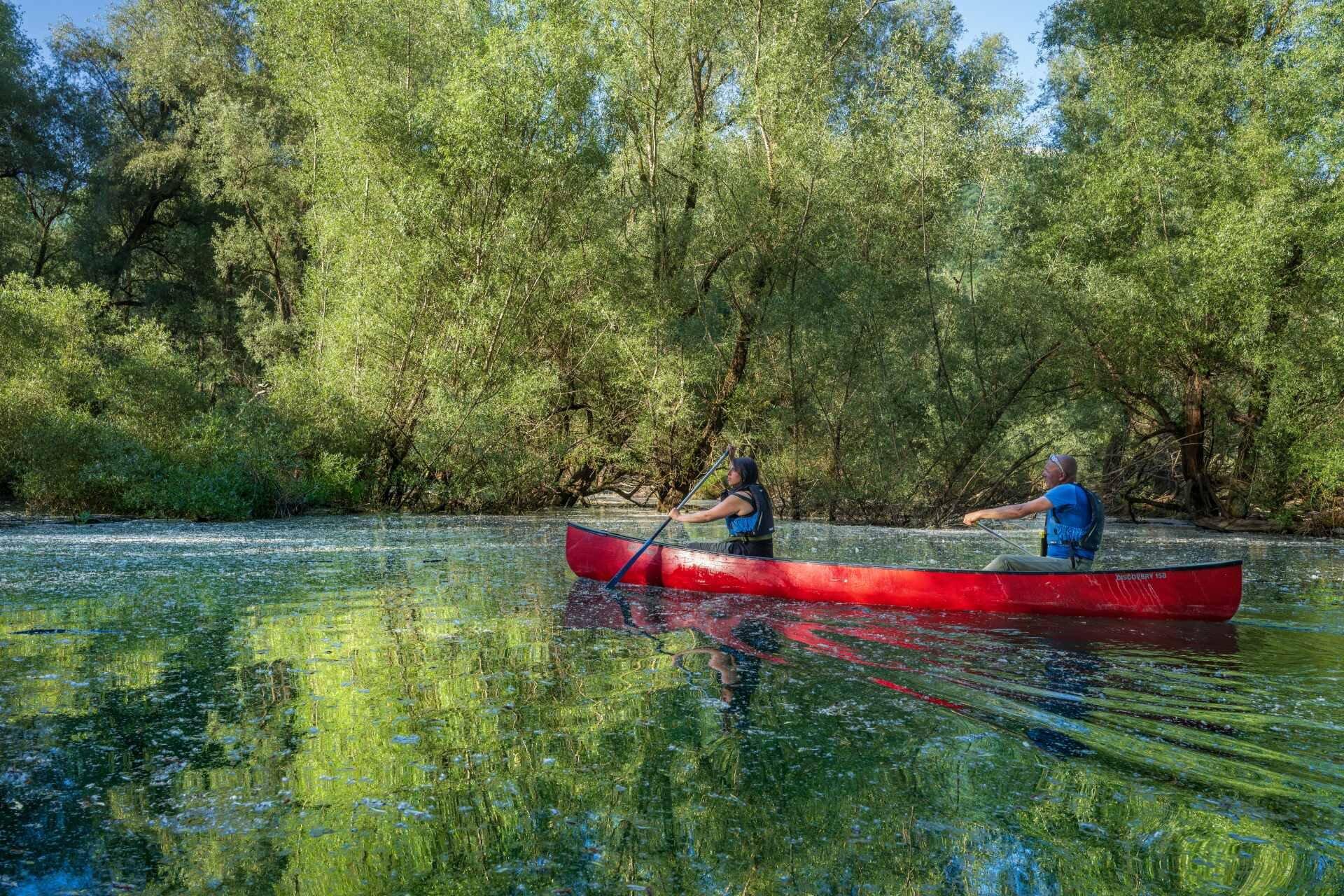Whether you're escaping the city or seeking a deeper connection with nature and self, Slow Living Rooms 36 is the perfect antidote to the modern-day rush. Three welcoming and exclusive rooms, nestled within a small home in the heart of Pescasseroli’s historic centre. Here, you're not just a visitor — you're part of the village.
Open a window and you’ll immediately sense the slow rhythm of everyday life: the gentle voices of people strolling through the alleys, the soft ring of a bicycle bell, the scent of fresh bread drifting from the nearby bakery. 36 Slow Living Rooms is a place to disconnect from the world and reconnect with something essential: time, breath, space.
